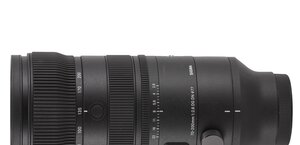Nikon Nikkor AF-S DX 18-55 mm f/3.5-5.6G VR
3. Build quality and image stabilization
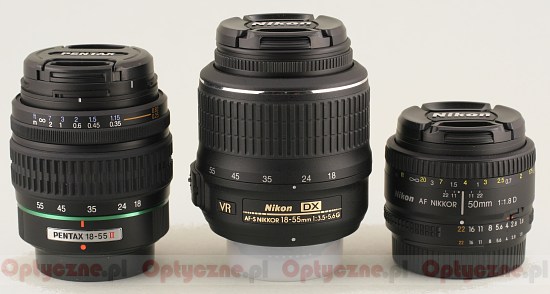 |
The system of rings and the build quality didn’t change, compared to its predecessor. Unfortunately…Unfortunately because, with the rise of the price connected with stabilization, there was perhaps no need to save on everything else. The manual focus ring, which we find round the front element, is nothing more than an inefficient dummy. It’s narrow and it lacks a scale so the work with it can hardly be called precise. Equally low quality concerns the other end of the lens, where we can find a plastic mount. In this category the Nikkor doesn’t stick out from the Canon “kit”, which has exactly the same faults, but it lags behind such models like e.g. the Pentax, equipped not only with a metal mount and a fully-fledged manual focus ring but also with a distance scale.
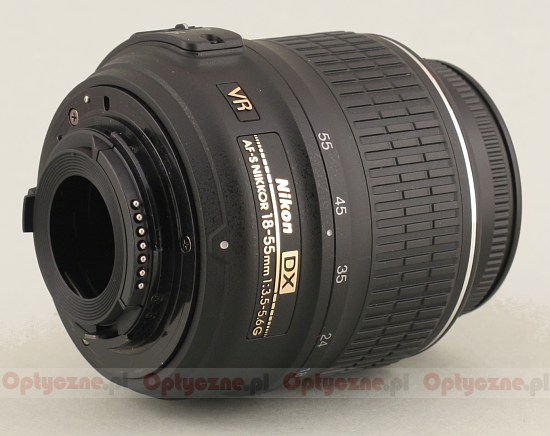 |
Please Support UsIf you enjoy our reviews and articles, and you want us to continue our work please, support our website by donating through PayPal. The funds are going to be used for paying our editorial team, renting servers, and equipping our testing studio; only that way we will be able to continue providing you interesting content for free. |
- - - - - - - - - - - - - - - - - - - - - - - - - - - - - - - - - - - - - - - - - - - - - - - -
In the middle of the Nikkor’s barrel we find a big and comfortable zoom ring. In the case of the specimen, tested by us, it moved smoothly and was well-damped.
Below and on the left side of the plate with the name and the parameters of the lens we’ll see two switches. One of them changes the focusing mechanism mode (AF/FM) and the second switches the VR stabilization on and off. On the opposite side of the aforementioned plate there is the company’s logo, a zoom range description, a serial number and an inscription informing us that the lens was made in Thailand.
The inner construction of the lens changed for obvious reasons with the appearance of stabilization. As many as four elements were added so now the Nikkor consists of 11 elements in 8 groups. The big front element is aspherical. The set of lenses number 7 and 8 is responsible for the stabilization. Inside we also find an aperture with seven diaphragm blades which can be closed down to f/22-36, depending on the chosen focal length.
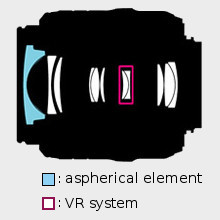
Savings can be seen also in the case of the accessory kit, included in box. With the Nikkor we get only the front cap and a rather shoddy plastic hood for the mount. Here Pentax has an advantage again as it includes a lens hood with its devices.
Stabilization
Our stabilization tests are conducted using a new method which consists of taking several dozen shots at different exposition times with the stabilization turned on and off - later we assess the number of blurred photos. The results of such tests show that the stabilization efficiency in Sony and Pentax bodies ranges from less than 1 EV to about 1.3 EV and in bodies such as an Olympus E-3 it can even reach 3 EV. How does it look for the stabilized Nikon’s “kit”? Let’s consult the picture below in which 0 EV is the equivalent of 1/80 second of exposition time.
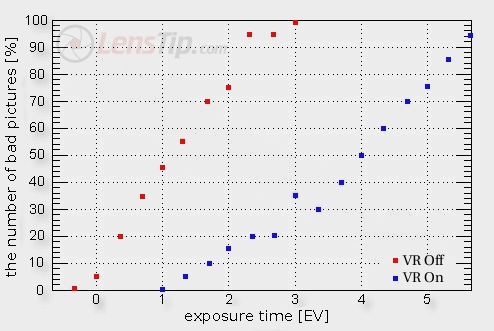
In the case of this lens there’s a certain difficulty in defining the stabilization efficiency as the lines are not exactly parallel to each other. Because of that for the shorter exposition times the stabilization is about 2 EV efficient, for the longer times it reaches even 3 EV.




